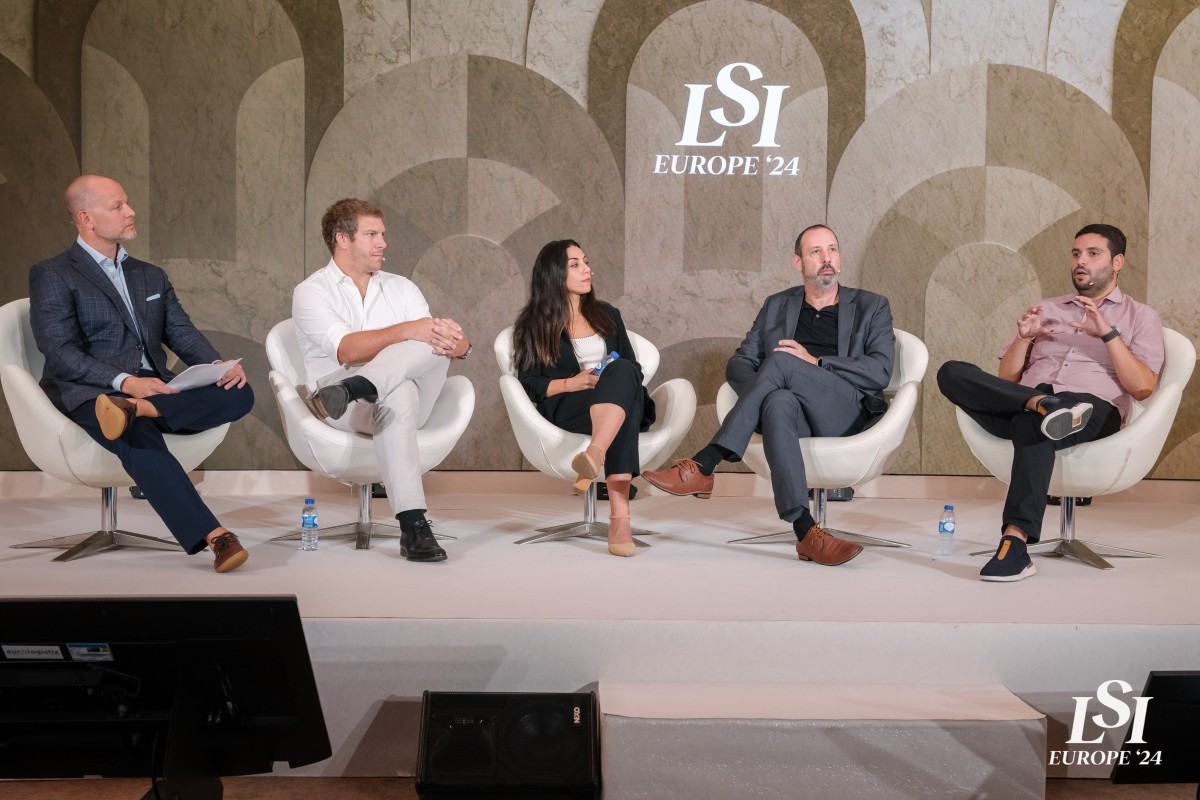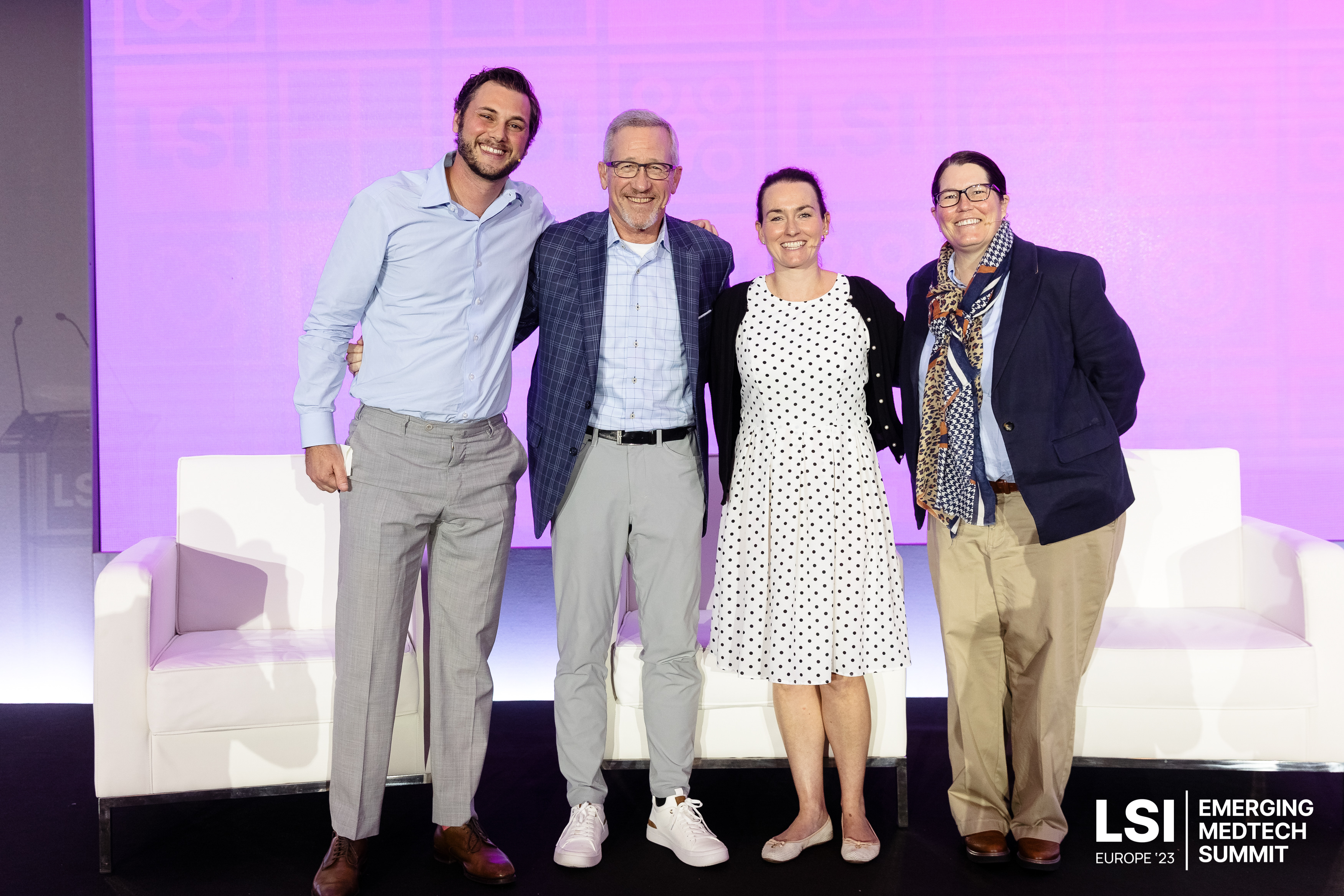
Raising capital is always a challenge, but raising capital from family offices requires an entirely different playbook. That was the message from the LSI Europe ’24 panel, where entrepreneurs and investors broke down the unique advantages—and nuances—of working with family offices instead of traditional medtech venture capital.
Moderated by Alexei Mlodinow, former CEO and co-founder of SIA, the conversation featured insights from Marie-Louise Little (TW Medical A/S), Tyler Wanke (Wanke Family Office), John Slump (Atraverse Medical), and Pablo Prieto (CG Health Ventures). Together, they offered a candid look at what it takes to earn trust, navigate timelines, and build relationships that can unlock transformational support for medtech companies.
Building Trust Before the Term Sheet
One theme was immediately clear: raising capital from family offices is about relationships, not cold pitches.
“Most family offices operate within a circle of trust,” said Prieto. “90 to 100% of our deal flow comes from people we already know—co-investors or other family offices. It’s hard to break in if you’re outside that network.”
For entrepreneurs, the implication is clear. Don’t wait until you’re actively raising to start building relationships. As Wanke put it: “You build trust by doing deals and getting to know people. A lot of times, we’re not going to invest in a company we just met. But if we see you at conferences like this, if you do what you say you’re going to do—that earns trust.”
Mlodinow echoed that sentiment: “Fundraising is hard. Especially for first-time founders, you’ve got to put a great team together and leverage other people’s networks. That first entry point into family offices might come from your board, a recruited executive, or someone who’s already known in those circles.”
And once that connection is made, how deals get structured often looks different. “I’ve never had a family office push the participating preferred deal structure,” said Slump. “But that’s par for the course with many VCs. There’s more flexibility in how these deals are done.”
Navigating the Dynamics of Raising Capital from Family Offices
Family offices tend to operate without rigid mandates, which can make them appear unpredictable to founders used to thesis-driven institutional funds. But that flexibility is a strength—if you know how to read the room.
“Asking a family office for their ‘mandate’ doesn’t always make sense,” said Mlodinow. “You’re better off asking about their bias. What disease areas matter to them? What kinds of founders do they back?”
Wanke agreed. “We don’t have a formal mandate. But we have passions. We’ve done multiple deals in women’s health and breast cancer, for instance. We also care deeply about neurodegenerative disease because of personal experiences in the family.”
Little added that proximity plays a role, too, especially for more hands-on investors. “We’re based in Copenhagen, so it’s easier to work closely with companies in our region. But we’ve invested in U.S. companies too because there’s so much to learn from how they operate.”
From a European investor’s perspective, Prieto highlighted his medtech portfolio optimization strategy and why it tilts U.S.-heavy. “Sixteen out of twenty of our active companies are based in the United States. The returns are easier to capture there. Scaling in Europe is expensive and complicated—twenty countries, twenty healthcare systems. In the United States, we see more experienced founders, faster traction, and better exits.”
Still, for all their flexibility, family offices are not casual investors. “We’ve professionalized a lot,” said Little. “When I joined, we didn’t have clear structures—just trust. Now, we implement KPIs and governance. We’re still different from a VC, but we’ve added discipline.”
Patience, Permanence, and Portfolio Strategy
One of the most striking contrasts between VCs and family offices is the lack of temporal pressure. There’s no fund lifecycle. No looming exit deadlines.
“Eight to nine years? That’s totally fine for us,” said Slump. “We’re happy to stay on the cap table that long if the company is making progress. We invested in Virta Health in 2016, and we’re still holding that in 2024—and very happily.”
Wanke pointed to Endotronix as a case study. “That was a roughly 16-year journey. There were multiple points where the company could’ve died. But a family office stepped in and helped keep it alive. That kind of patience changed everything.”
Slump shared the story of Tune Medical—a company that grew to $22M in annual revenue over 15 years before being acquired for $160M. “It was a long road, but the result was outstanding. Family offices can give you that time.”
And that patience cuts both ways. “Sometimes you’ll see a quick exit opportunity—a 3x in 18 months,” said Wanke. “VCs might hesitate because it’s not a huge multiple. But for us, it’s a great internal rate of return (IRR). We’re flexible.”
When it comes to portfolio strategy, that adaptability is key. “We don’t have a rigid plan,” said Little. “But we’ve learned to be more intentional. We’ve evolved from investing in people we liked to putting real structure around our decisions.”
Wanke added that founder trust often drives where capital goes next. “We’ve followed entrepreneurs into new disease areas because we trust them. If they deliver, we’re likely to back their next company too.”
Lessons for Entrepreneurs
For founders looking to tap into family office capital, the panel offered a few clear takeaways:
- Start relationships early: Don’t wait until you’re raising to meet investors. Build trust over time by showing up and following through.
- Understand personal biases: Family offices often invest in areas that matter personally. Do your research—and be ready to talk about why your mission might resonate.
- Be flexible and transparent: Demonstrate a clear path to value, but be open to change. Investors know things rarely go exactly to plan.
- Bring in the right allies: Board members, recruited CEOs, and other trusted connectors can open doors that cold emails never will.
- Play the long game: If you’re in medtech for the quick flip, this might not be your capital source. But if you’re building something meaningful, family offices can be unmatched partners.
Conclusion: A Different Kind of Partnership
Raising capital from family offices isn’t just about term sheets—it’s about alignment. These investors aren’t bound by rigid timelines or investment mandates. They’re driven by people, purpose, and the promise of long-term value. For medtech founders ready to build something enduring, the family office route offers a uniquely human—and highly strategic—path to growth.
Want to meet the entrepreneurs and investors shaping medtech’s future? Join us at LSI Asia in Singapore, June 10–13.




